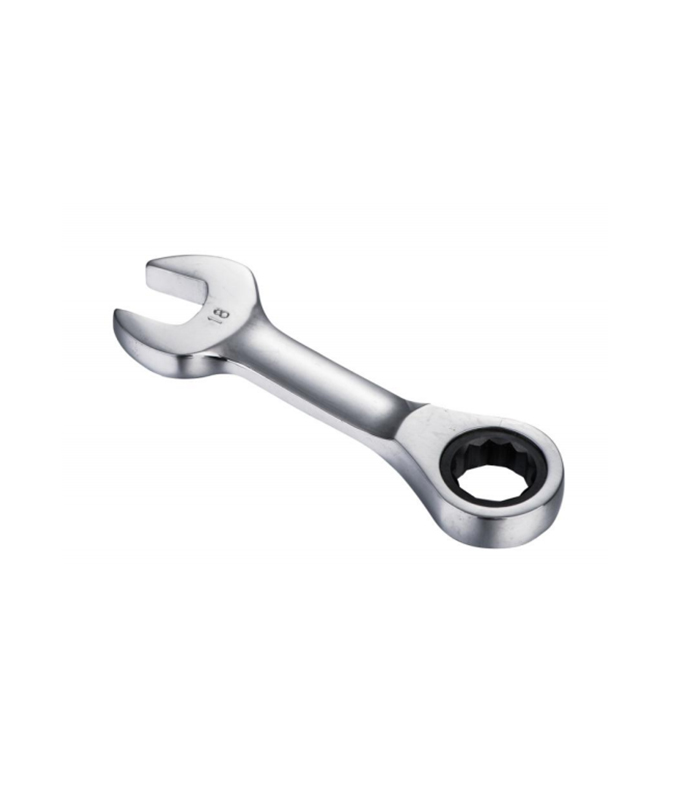

The die forging wrench is made of die forging to have t […]
The die forging wrench is made of die forging to have the same shape as the die wrench, so the wrench is beautiful and tidy. The difference from the free forging wrench is that the free end is made by the section worker freely grasping the shape and thickness of the workpiece. The shape of the wrench is It is not the same, but the die forging wrench and the free-end wrench are used in the same way and they are forged with 45# steel.
Die forging refers to a forging method that uses a die to form a blank on a die forging equipment to obtain a forging. The forgings produced by this method are of fine size. Indeed, the machining allowance is small and the structure is more complicated. The process of forging and forming a metal blank with a forging die on a forging hammer or press. It is produced by die forging process, with low labor intensity and precise size. It is accurate, has a small machining allowance, and can forge complex forgings; it is suitable for mass production. However, the cost of the mold is high, and the required die forging equipment is not suitable for single-piece or small-batch production. According to different equipment, die forging is divided into hammer die forging, crank press die forging, flat forging machine die forging, friction press die forging and so on. The equipment used for die forging on the hammer is a die forging hammer, usually an air die forging hammer. Forgings with complex shapes are initially formed in the blanking die cavity and then forged in the forging die cavity. According to the structure of the forging die, the forging die has a burr groove for accommodating excess metal, which is called an open die section. Conversely, if the forging die does not contain burrs with excess metal, it is called closed die forging. Forming directly from the original blank is called single die forging. For forgings with complex shapes, which require several steps of pre-forming on the same forging die, it is called multi-die forging.
Free forging is divided into manual free forging and machine free forging. Manual free forging has low production efficiency and high labor intensity, and is only used for repairing or the production of simple, small and small batches of forgings. In modern industrial production, machine free forging has become the main method of forging production, and it plays a particularly important role in heavy machinery manufacturing. The shape and size of the forgings produced are mainly determined by the technical level of the forger.
Free forging equipment is divided into two categories: forging hammers and hydraulic presses. The forging hammers used in production include air hammers and steam air hammers. Some factories also use spring hammers, splint hammers, lever hammers and wire hammers with simple structure and low investment. The hydraulic press uses the static pressure generated by the liquid to deform the blank, which is the only way to produce large forgings. A machine. The basic procedures of free forging include upsetting, drawing, punching, bending, twisting, shifting, cutting and forging.
www.ratchetspanner.com

Yuyao Golden Sun Tools Co., Ltd.